This blog was originally published on April 17, 2021.
Compression is not new, and there are a number of use cases that may come into play for applications. Technology advances within the mainframe continue to improve performance and may provide sites overlooked opportunities. IBM’s z Enterprise Data Compression (zEDC) hardware compression has been around since 2013, and the z15 processor advances included the Nest Accelerator Unit (NXU) as another on-chip extension of CPU intensive work that once was running on the general purpose processors.
Continuing advancements similar to the NXU keep coming. These include AI technology in the z16 Processor. Are there measurements for these new hardware components? Are there important overheads and delays that performance people should be aware of? As these components expand and become more commonplace; What’s affected? How will you keep up?
The on-chip z15 and future of processor hardware compression is transparent for existing applications that leverage zEDC (PCI-express) features on z14 and earlier. However, without proper visibility and management, these benefits can be lost or underappreciated as you deploy z15’s and beyond.
Effectively tracking compression demand whether using PCI express on pre-z15 processors or with the z15 on-chip nest accelerator (NXU) improves visibility of application performance and helps maintain configurations that will meet the demand. In this blog, I’ll review some important aspects of zEDC and how you can manage infrastructure, and exploit compression across processor generations.
z15/z16 On Board Compression
The baseline benefits of zEDC include:
- Reduce disk storage requirements and I/O elapsed times
- Reduce bandwidth requirements and transfer times
- Often improve job elapsed time, and reduce CPU cycles
- Relatively straightforward and inexpensive to implement
- Can be leveraged by numerous widely used access methods and products
- Minimal CPU cost since more processing is offloaded from GCP work to the hardware
NXU offers additional benefits on top of these, including:
- Removes 15 LPAR limit for sharing compression imposed on the PCIe solution
- New concept of sharing and operating an accelerator function in the nest
- Support for DEFLATE compliant compression/decompression and GZIP CRC/ZLIB Adler
- Low latency
- High bandwidth
- Problem state execution (synchronous processing)
- Hardware/Firmware interlocks to ensure system responsiveness
- Architected instruction Executed in millicode
In addition, some of the z15/z16 changes in compression are outlined below.
- Hardware
- Supported Software
- Measurement
Hardware
IBM’s move off the compression functionality from PCIe Express cards in I/O drawers to the on-chip NXU allows for order of magnitude increases in compression throughput.
Supported Software
As Figure 1 below shows, transitioning to z15/z16 also relaxes software requirements for exploiting compression, which gives customers more opportunities to exploit the increased throughput inherent with the updated processor designs.
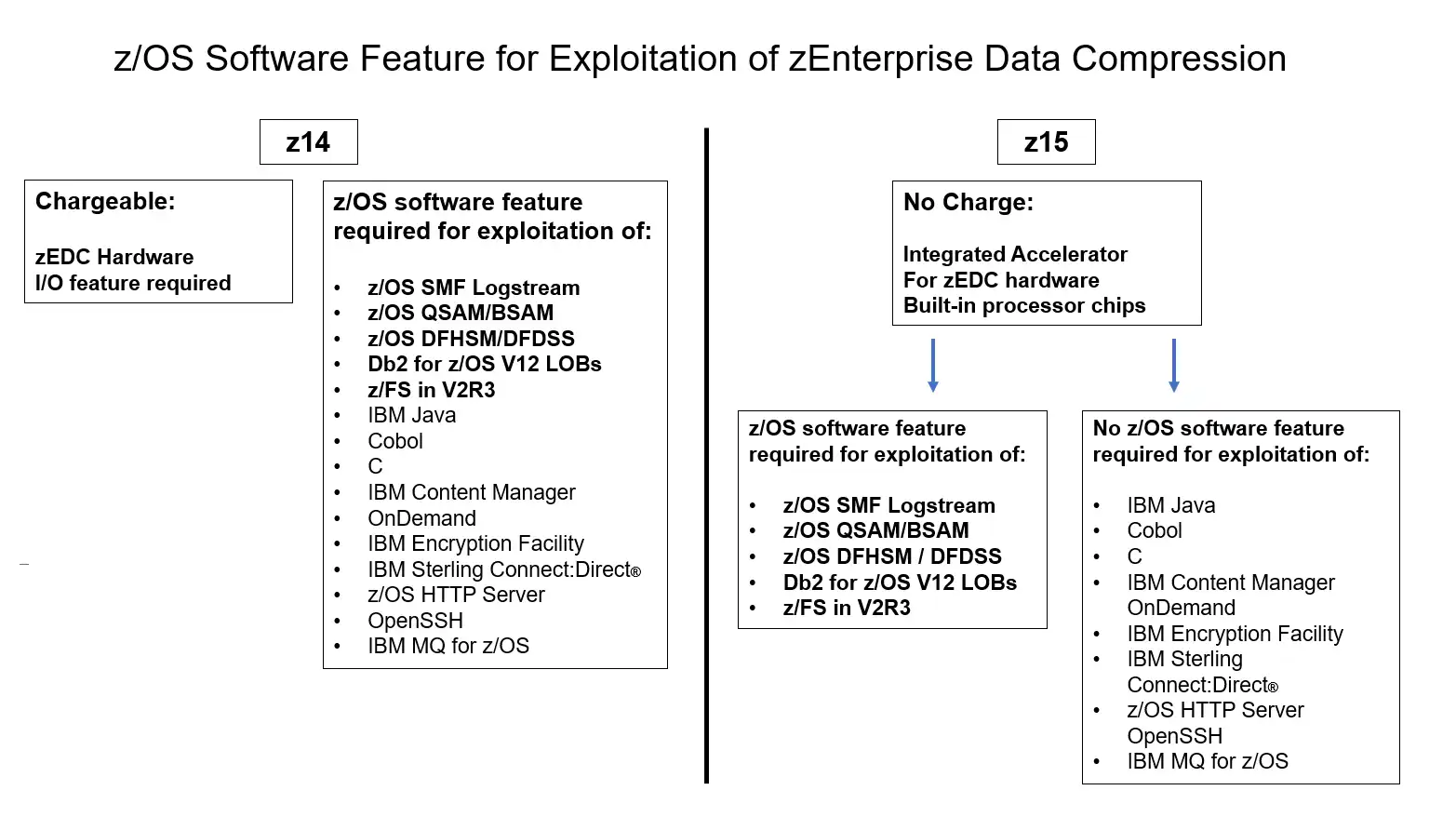
Figure 1: zEDC Software Feature Comparison z14 to z15 (Image Source: TechU presentation by John Burg)
IBM documentation is easily accessible and outlines more details regarding the differences between z14 and z15 compression including software feature requirements. Here are three good references to start with: zEDC White Paper, z/OS Integrated Accelerator (zEDC), IBM z15 (8561) Technical Guide, and IBM z16 (3931) Technical Guide provide many details including the minimal migration considerations.
Measurement
This hardware change is accompanied by changes in the measurement data. Instead of generating data captured in RMF 74.9 records, legacy (asynchronous) compression operations (e.g., SMF Logstream and QSAM) create data in RMF 74.10 (EADM – Extended Asynchronous Data Mover) and 78.3 (IOP – I/O Processor) records. For synchronous operations, some CPU-level data is available through SMF 113 counters, but other metrics such as compression ratios are no longer available.
Visibility into zEDC Usage
The numerous benefits of these hardware solutions escape notice without an easy and practical way to navigate and monitor the data.
IntelliMagic Vision provides a comprehensive set of reports, including compression ratios, service and queue times, and request rates and throughput.
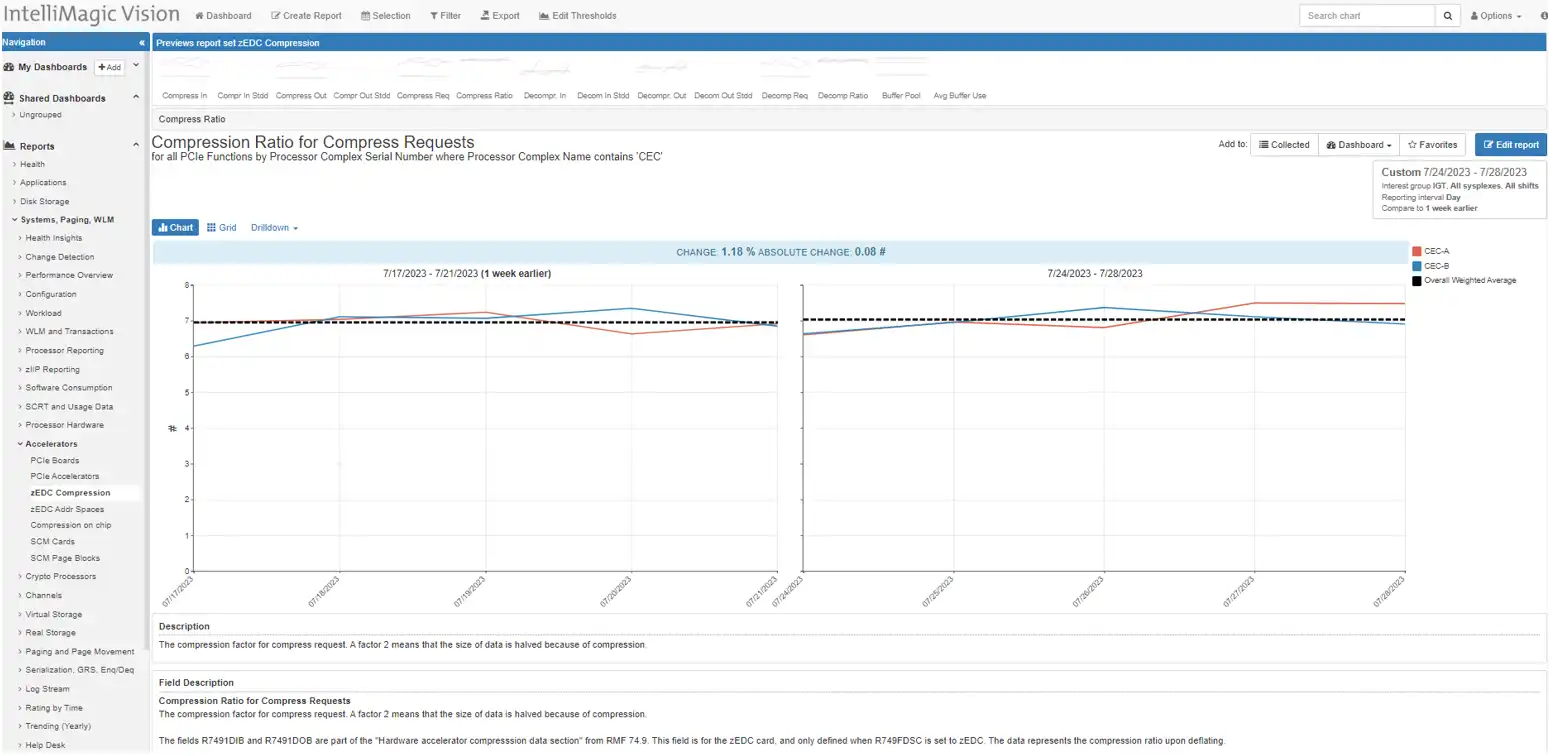
Figure 2: z15 Compression Rate Report
Figure 2 shows an example of IntelliMagic Vision’s easy compare feature of the compression ratio for zEDC Compress Requests.
Highly flexible drill-down capabilities of IntelliMagic Vision enable data to be viewed at the processor, system, card, or address space level. Migration activity can be easily evaluated by applying conditional filters and other specific customizations. A set of reports can be saved and shared on a custom dashboard. Where possible, limitations in throughput and capabilities are exposed through thresholds and ratings to help focus analyst time spent on true ‘hot spots’ rather than manually reviewing 1000’s of metrics for 10’s of thousands of jobs and address spaces.
z15 Decompress/Compress reporting (new metrics)
As referenced above, the technology for compression changes, but there not many changes required to exploit the capability with new users of it. Asynchronous and Synchronous execution of decompress/compress activity generate different measures. The z15 and z16 instrumentation includes some new metrics included in the SMF 113 counters. A group of thumbnail reports are shown below in Figure 3 and they include call rates, CPU cycles per call, and CPU wait metrics, and there are also reports available for the new z16 Sort & AI technology exploiters. These will help you ensure that the new on-chip technology performance is providing the throughput and benefits outlined above.
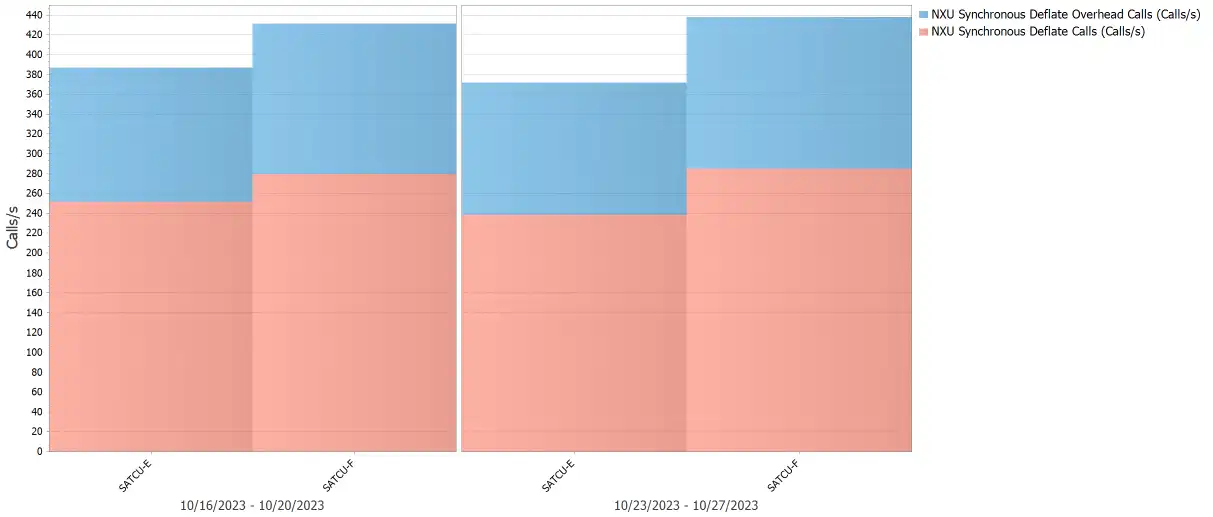
Figure 3: Example Reports for NXU Activity, Thumbnails include Sort & AI reports ready for exploiters
IntelliMagic Vision reports on these metrics related to the on-chip NXU that executes synchronous compression operations. These can be used to evaluate the effectiveness and usage of the new technology. A list of these reports is provided here:
- Extended Asynchronous Data Mover (EADM Overview)
- SSCH Rate to all SCM devices
- Decompression Rate to SCM devices
- Decompression Ratio to SCM devices
- Input Throughput for Decompression
- Output Throughput for Decompression
- Compression Rate to SCM devices
- Compression Ratio to SCM devices
- Input Throughput for Compression
- Output Throughput for Compression
Figure 4 below is an example of the “NXU Synchronous Call Deflate Activity Overview” report. These are reported at the CPC level with drilldowns including by System.
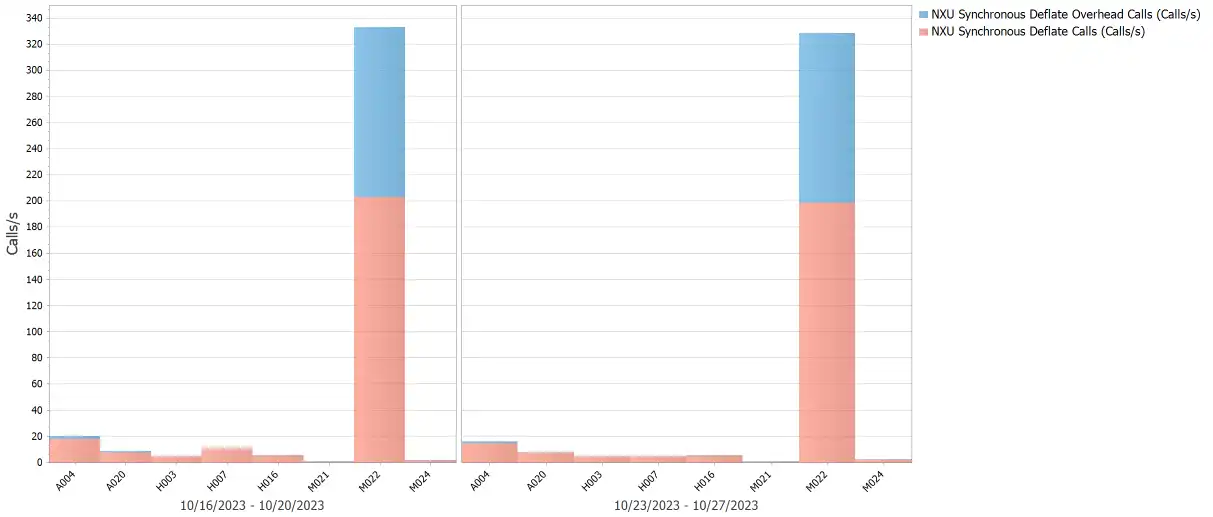
Figure 4: NXU Synchronous Call Deflate Activity Overview
IOP Resources Tracked as z15/z16 Employs Them
IOP usage is well covered with a number of automatically rated reports in IntelliMagic Vision. For z15 and newer processors, the IOPs are exploited for asynchronous z15 compression/decompression activity, additional reporting is included.
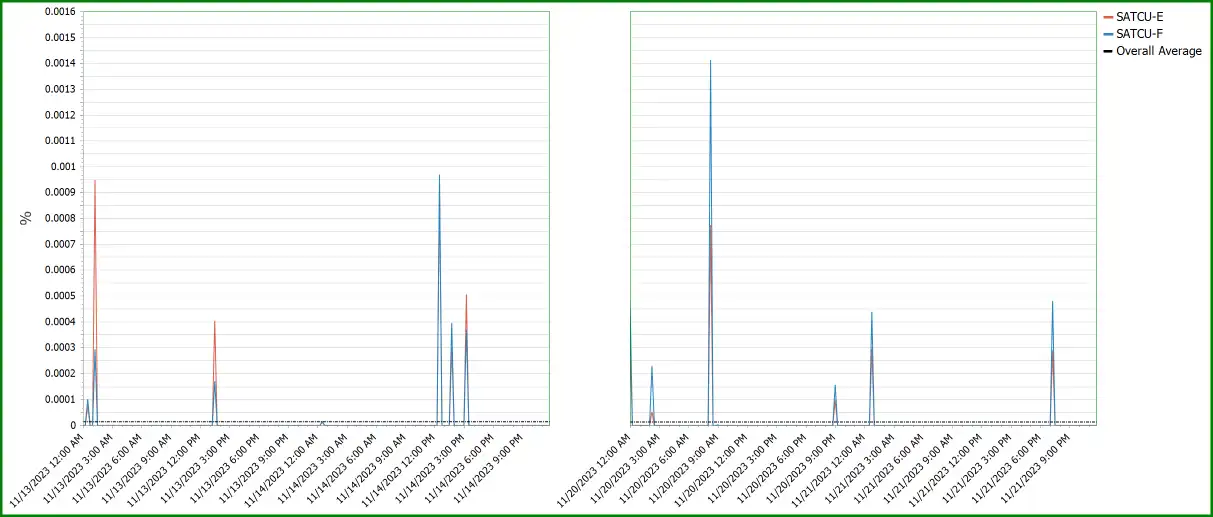
Figure 5: Timeline of IOP busy activity from De/Compression activity by Processors (CECs)
Address space level Compress/Decompress Activity
zEDC activity at an address space level can help identify differences in activity that may lead to new insights as conversions to compressed data are implemented. Address space level activity is only for asynchronous execution of compression/decompression for z15 and newer processors. The z14 reporting will continue to support your management of the activity as you transition from your current state to exploiting IBM’s latest offerings.
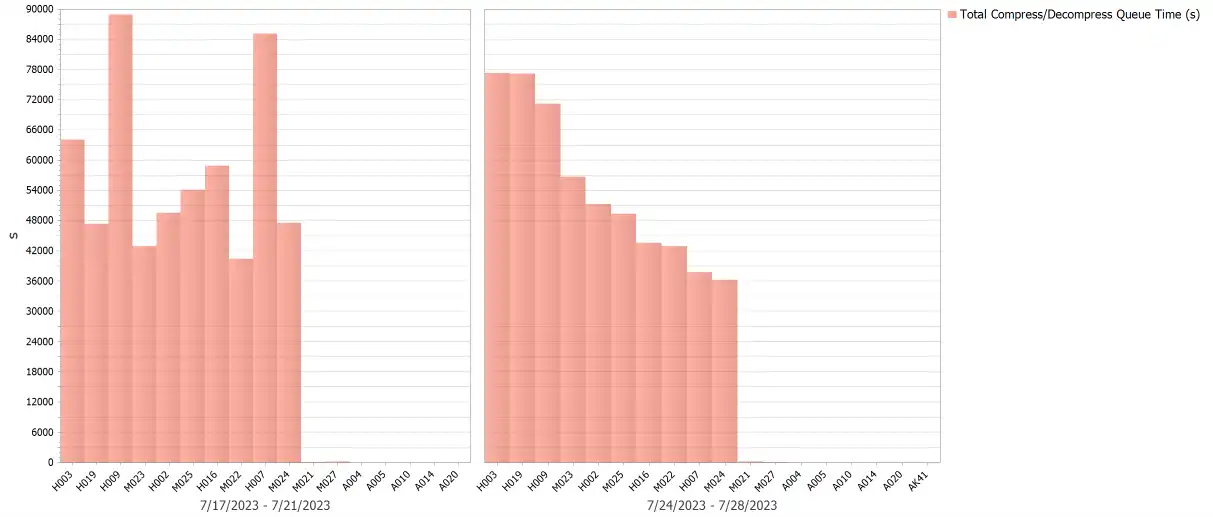
Figure 6: Pareto chart of the De/Compress Queue Time by LPAR
Efficient Preparation & Evaluation
Rather than spending precious hours:
- keeping up with new z15 and z16 measurement data
- identifying the correct fields to report on
- setting up reporting for new technology
- researching reasonable operational limits
I’ve included a Table 1 of Changes to Expense & Metrics that my colleague Todd Havekost has also included in his Watson & Walker article: zEDC Metrics Changes on z15 that may help influence next steps as you consider the z15 & z16 processor features, and hardware capabilities related to compression.
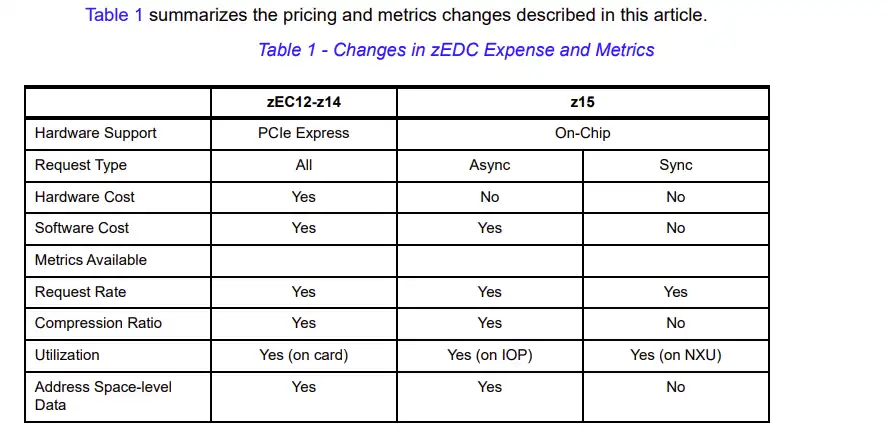
This article's author
Share this blog
Related Resources
What's New with IntelliMagic Vision for z/OS? 2024.2
February 26, 2024 | This month we've introduced changes to the presentation of Db2, CICS, and MQ variables from rates to counts, updates to Key Processor Configuration, and the inclusion of new report sets for CICS Transaction Event Counts.
A Mainframe Roundtable: The Leaders | IntelliMagic zAcademy
Join industry leaders as they discuss the evolution of mainframes, sharing personal experiences, challenges, and future insights, along with practical advice from their careers in the Z ecosystem.
Challenging the Skills Gap – The Next Generation Mainframers | IntelliMagic zAcademy
Hear from these young mainframe professionals on why they chose this career path and why they reject the notion that mainframes are obsolete.
Book a Demo or Connect With an Expert
Discuss your technical or sales-related questions with our mainframe experts today

 Jack Opgenorth
Jack Opgenorth